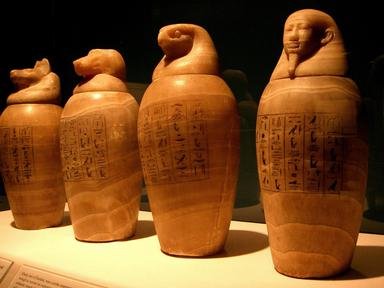Quiz Answer Key and Fun Facts
1. According to Arizona Motorcycle Escorts, what is the average speed a hearse should travel at while going in procession to the cemetery if the hearse takes surface streets (with a 30 MPH limit) through a city?
2. Which way does the casket of a Catholic priest face during his funeral mass?
3. There are usually four stars showing after properly folding the U.S. flag for a veteran of military.
4. How can a deceased person be transported across state lines if all necessary permits accompany him?
5. What type of casket construction is acceptable for burial under Jewish tradition?
6. What is the industry term used for going to get the remains of a person from their place of death?
7. What is the average temperature that a human body is cremated at?
8. What does the term "Thermal Reduction" refer to?
9. Every state in the union requires the funeral director to have a license.
10. Which of the following is NOT an inexpert test for death (that is a test to be used by non-medical professionals to determine death)?
Source: Author
bearfan
This quiz was reviewed by FunTrivia editor
thejazzkickazz before going online.
Any errors found in FunTrivia content are routinely corrected through our feedback system.


